If you are interested in rugs or want to buy one, this post will help you a lot.
How to choose a good-quality rug?
Which factors indicate the price of a hand-woven rug?
Of course, the quality and price of a rug should be in direct relation. They depend on a few factors. Economic and political conditions shape some of these factors which buyers are not expected to be aware of them.
For example, sometimes, products of a particular country flourish and receive more attention in another country. The political and economic relations and the import and export of goods between the two countries could be one of the reasons.
Although we are not expected to know all these factors, there are a few factors that determine the quality and price of a rug and the buyer should be aware of them. The main reason is that high-quality rugs last longer and become more valuable over time.
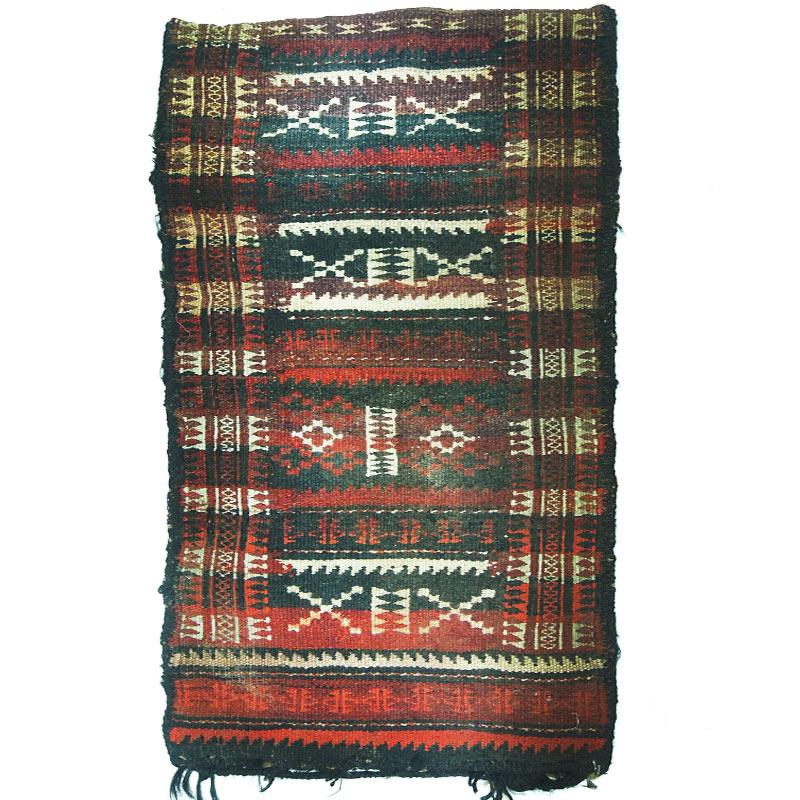 Wool Rug vs, Synthetic Rug
Wool Rug vs, Synthetic Rug 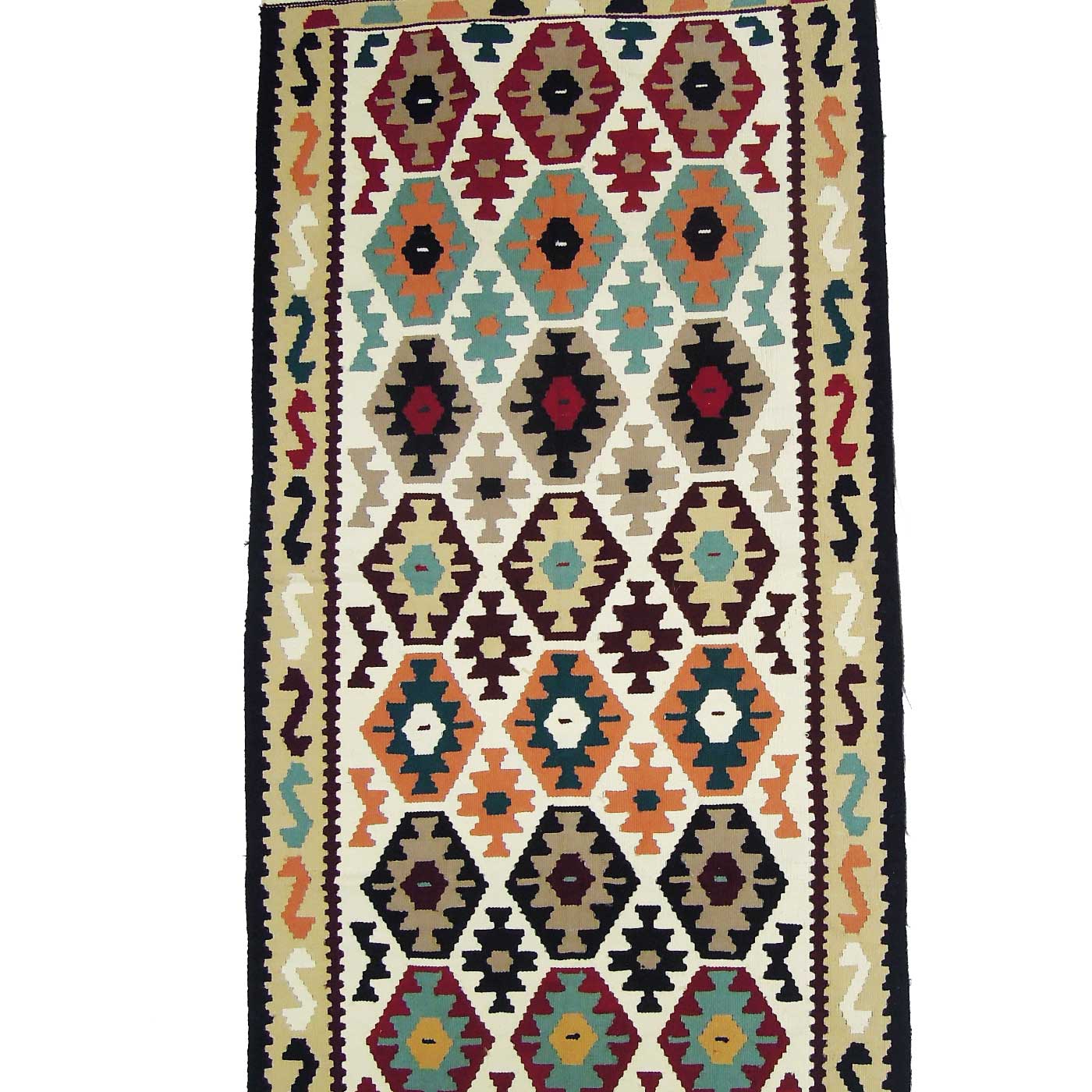
The best oriental rugs are 100% wool. It gives us a good feeling to feel wool with our feet. Wool is heat insulation, so it is suitable for cold regions. Wool rugs are resistant to moisture and extremely durable.
There are different types of wool. Different animals’ wool has different characteristics. These animals could be, sheep, camels, and goats. Rugs, made of sheep’s neck fluff are the finest. Sheep’s wool is more durable, flexible and colorable compared with other animals' wool. Goat’s wool is rougher than sheep’s wool, and camel’s wool is rougher than goat's wool.
Persian rugs’ type of wool depends on its place of origin. For example, in desert areas, camel wool is used for making rugs. In these areas, weavers have adopted their designs to camel wool and its roughness.
Touch the rug to distinguish its wool. Or, look at its photo very carefully. Rugs woven with wool yarn are a bit rough and coarse. Their colors are not sparkling. They are not slippery. The new wool rugs smell like the animals. You might not like it, but it is a good sign because it makes you sure your rug is wool.
Silk rugs are the opposite of wool rugs. They are slippery and sparkling.
One way to distinguish a silk rug is to touch them. One way to distinguish a silk rug is that, if you touch it you feel warm in your hand. Silk rugs are fine but very expensive comparing to wool rugs.
Vegetable silk rugs are cheaper than wool rugs, but they have less durability comparing to them.
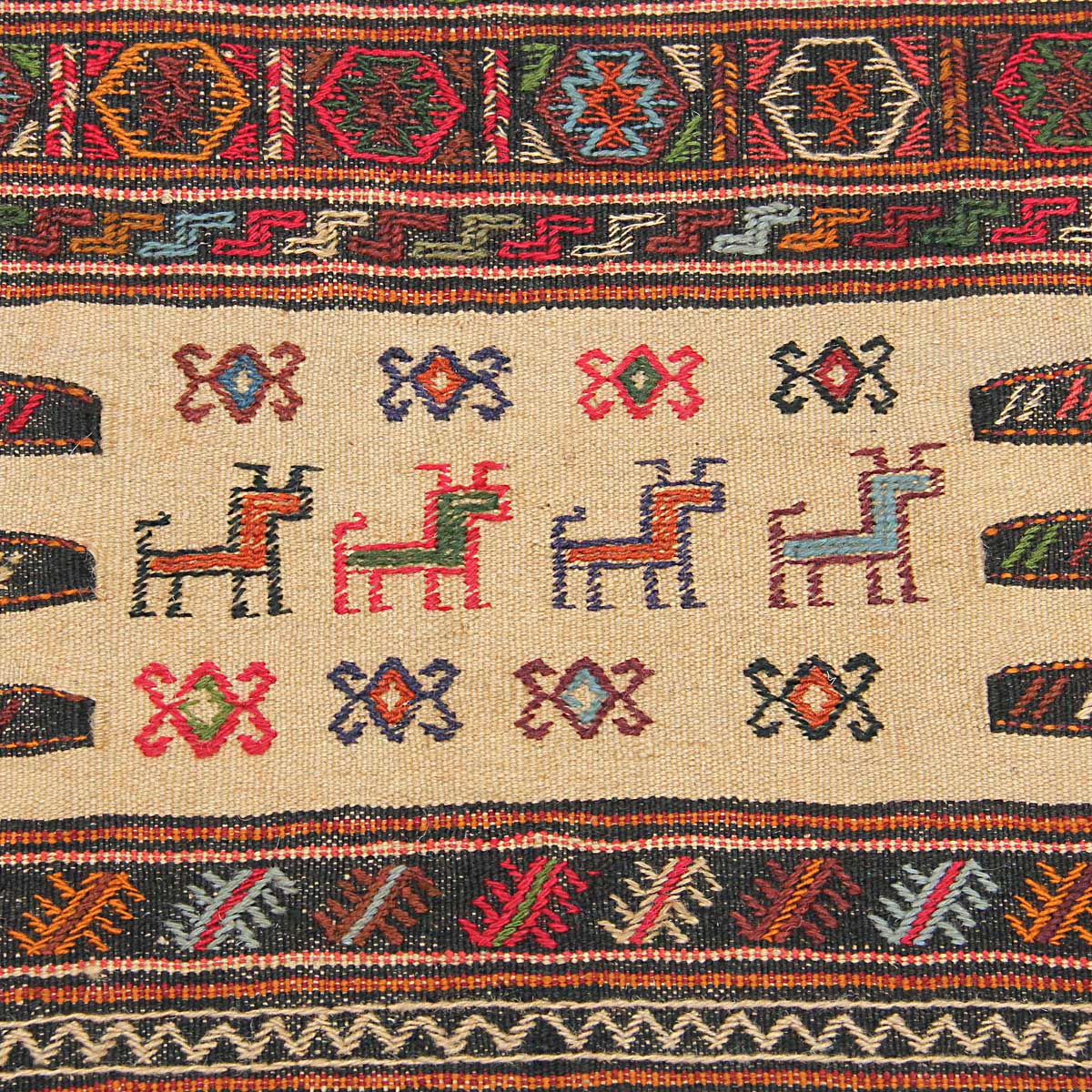 Fine Rug vs, Rough rug
Fine Rug vs, Rough rug 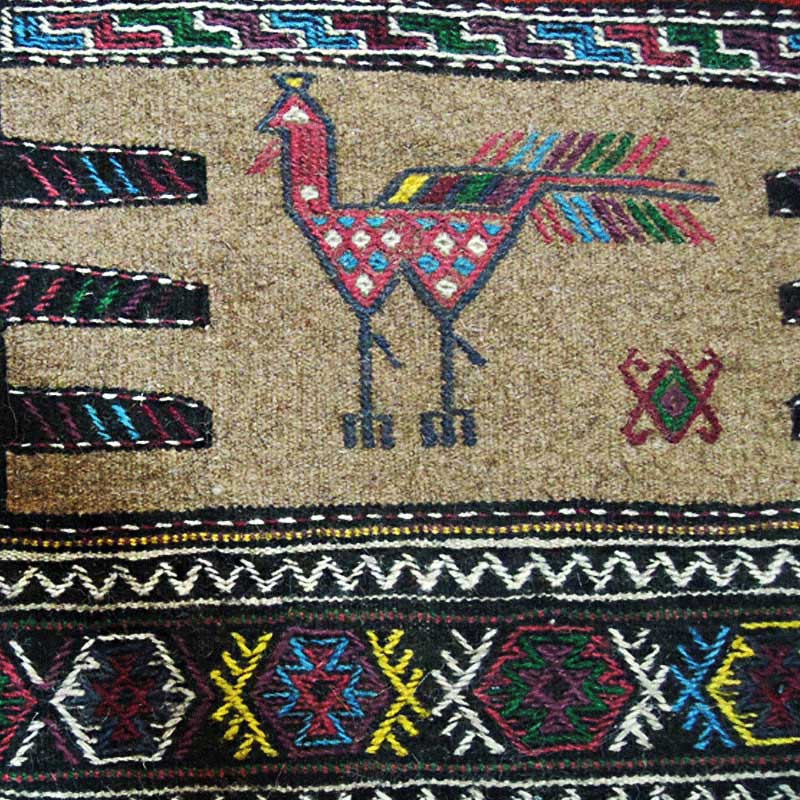
There are different types of weaving techniques. It is normal if customers do not know about these techniques. But there are a few things that you need to consider.
Rugs that are fine and light are the best rugs. Fineness is one of the factors that you need to consider when buying a rug. Rugs that are woven by thin yarn are more delicate, so pay attention to the rug’s weight as well. Fine rugs are flexible. They also easily fold.
Weaving a delicate rug is time-taking and difficult, so they are more expensive than others.
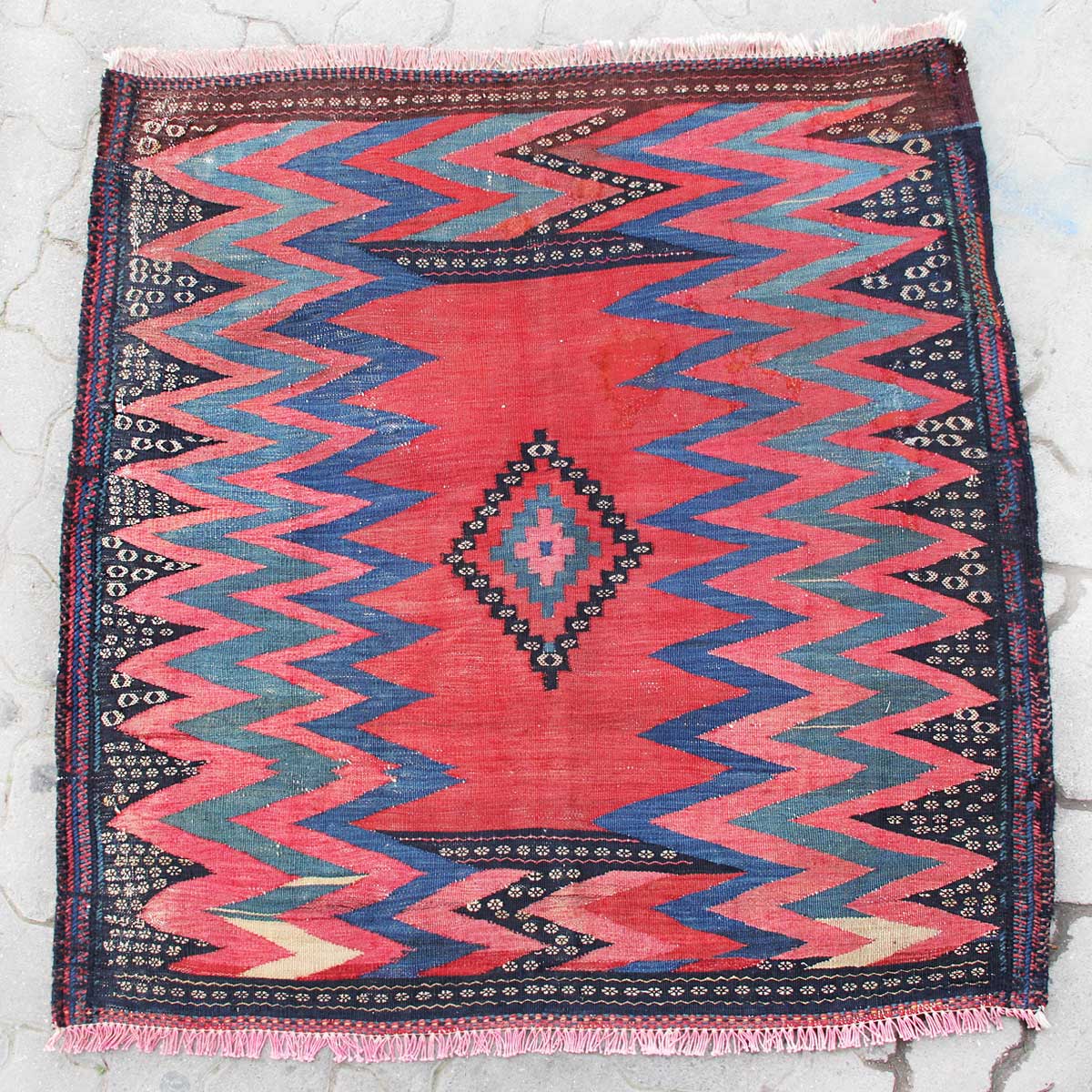 Vegetable-Dyed vs, Chemical-Dyed
Vegetable-Dyed vs, Chemical-Dyed 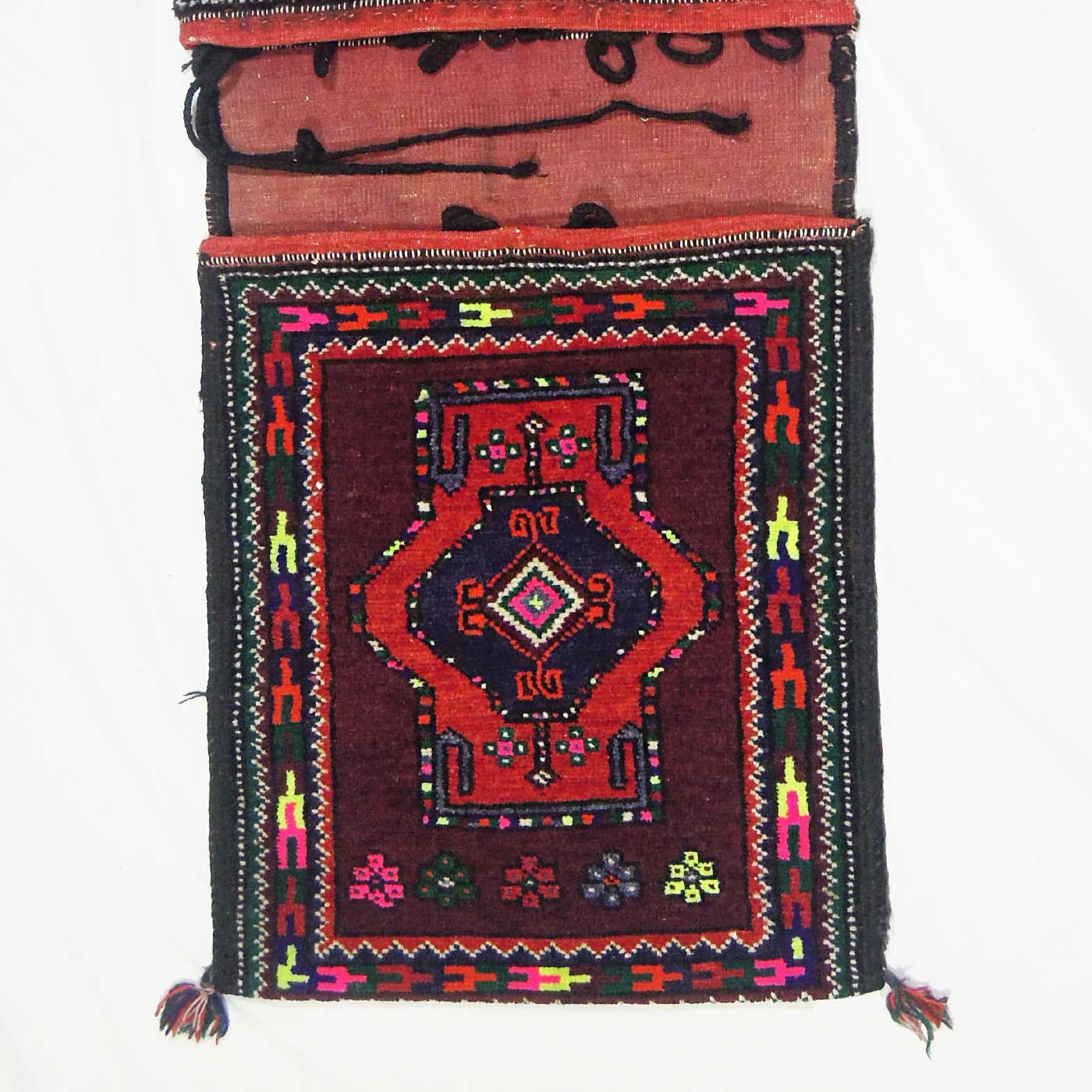
There are two types of dyes used for dying rug's yarn; natural and chemical. Natural dyes are derived from plants or minerals. Chemical dyes are mainly anionic or cationic dyes that are applied to fibers such as wool, silk, acrylic or nylon.
Chemical colors create more sharpness and contrast. They are also less resistant to light and rinsing. Vegetable dyes are a little opaque and pale and have less contrast. Natural-dyed rugs' colors are durable. If you wash a natural-dyed color rug, its colors do not mix as much as a chemical-dyed rug. Vegetable dyes are more expensive and less diverse. Natural-dyed rugs colors are not as shiny as chemical-dyed color rugs. Their color is a bit opaque comparing to chemical-dyed color rugs.
Extensive use of chemical dyes causes severe environmental pollution. So, you serve the environment, by buying a vegetable dyed rug.
Buyers often choose rugs that match the taste of the market. They usually do not pay attention to the authenticity of the rug's design. If you want to be sure of the quality of a rug, you need to consider its design, history, and authenticity. Do a little Research about their designs and ask the seller if you have questions regarding your favorite rug’s design.
There are two types of carpet design; mental design and designs according to plans. Rug plans have names. You can ask the seller about the name of your favorite rug's design and do a research.
It is a bit difficult to distinguish the authenticity of rug mental designs. Although weavers still use symbols and motifs that have roots in the history and culture of their community.
For example, you can read about common Persian Kurdish rugs motifs here.
A 100-year-old or older authentic rug is considered to be antique. A less than 100-year-old used rug is considered to be vintage. An antique is also used to describe rugs that have seen over two generations (about 80 years). An antique rug value depends on its scarcity and quality. While abrasions and tears might be signs of an antique rug, try to choose a rug that is already repaired.